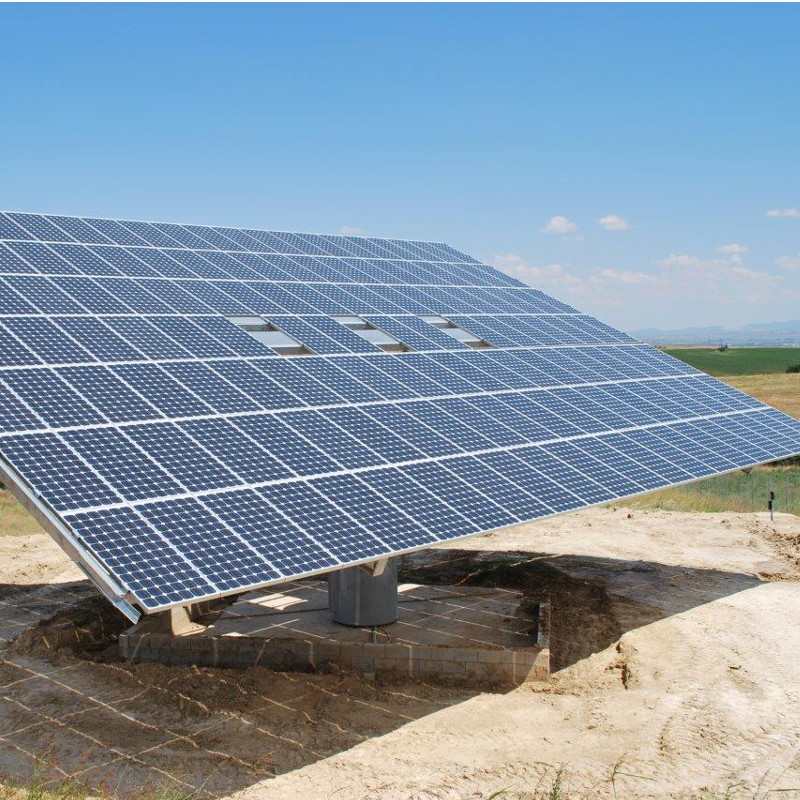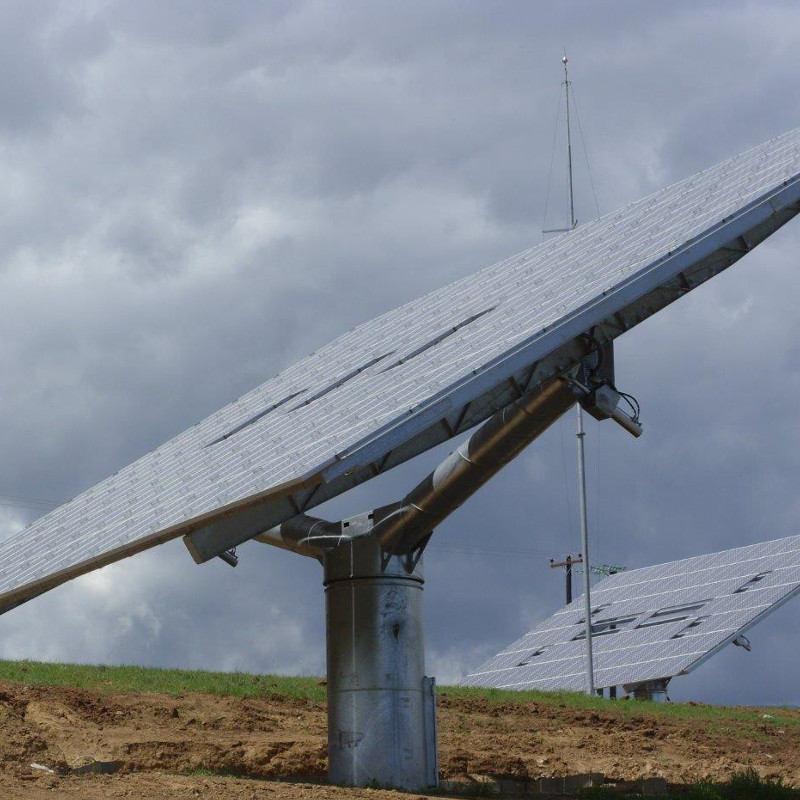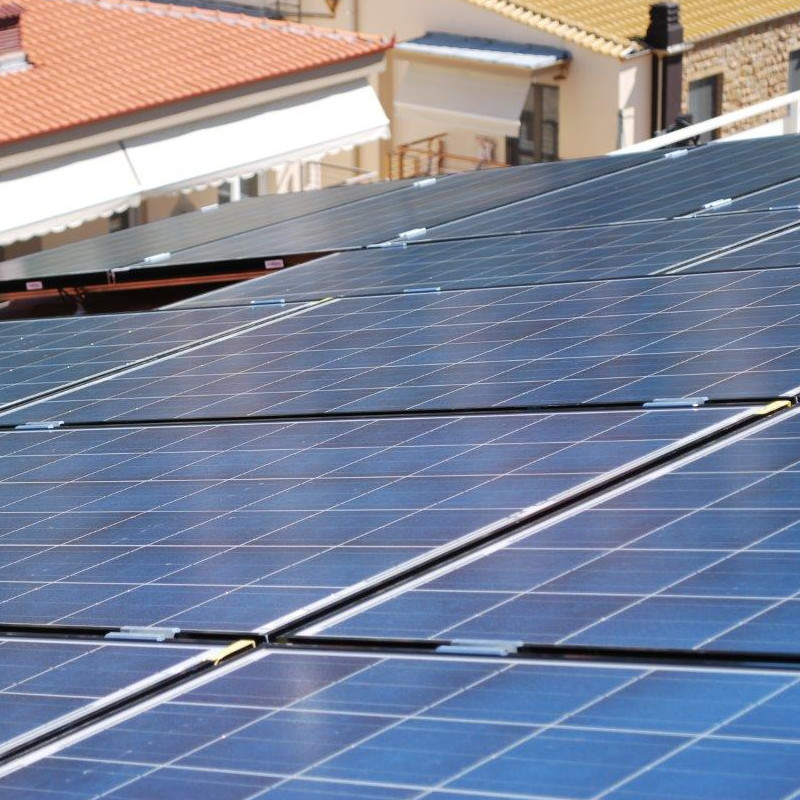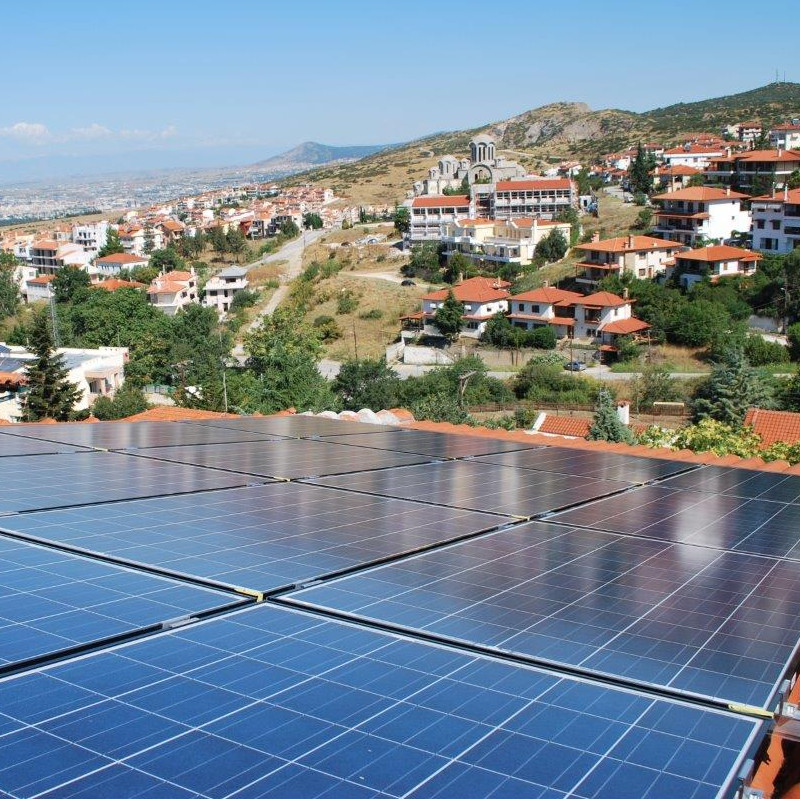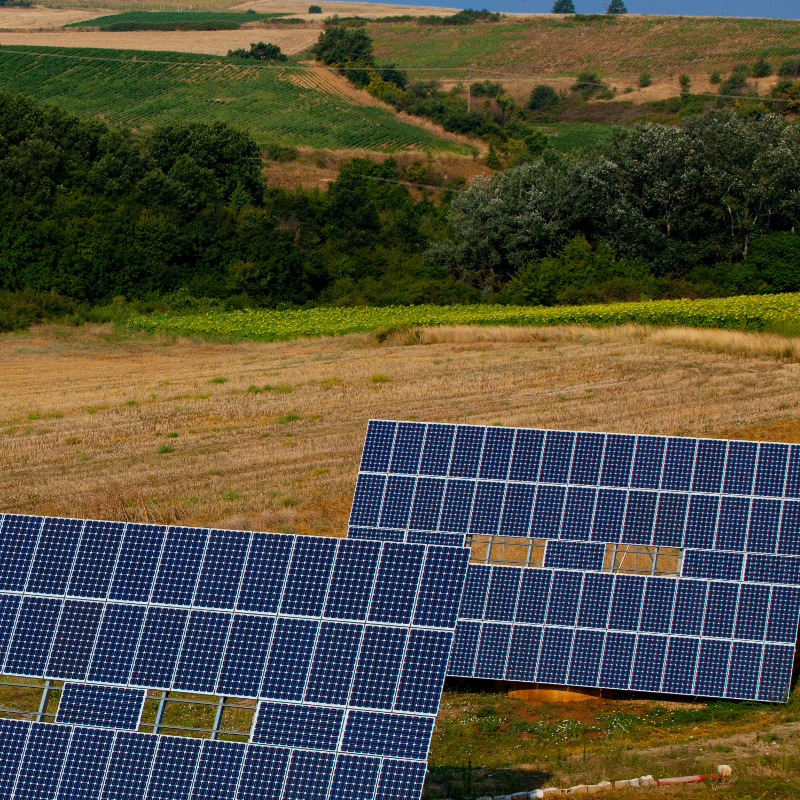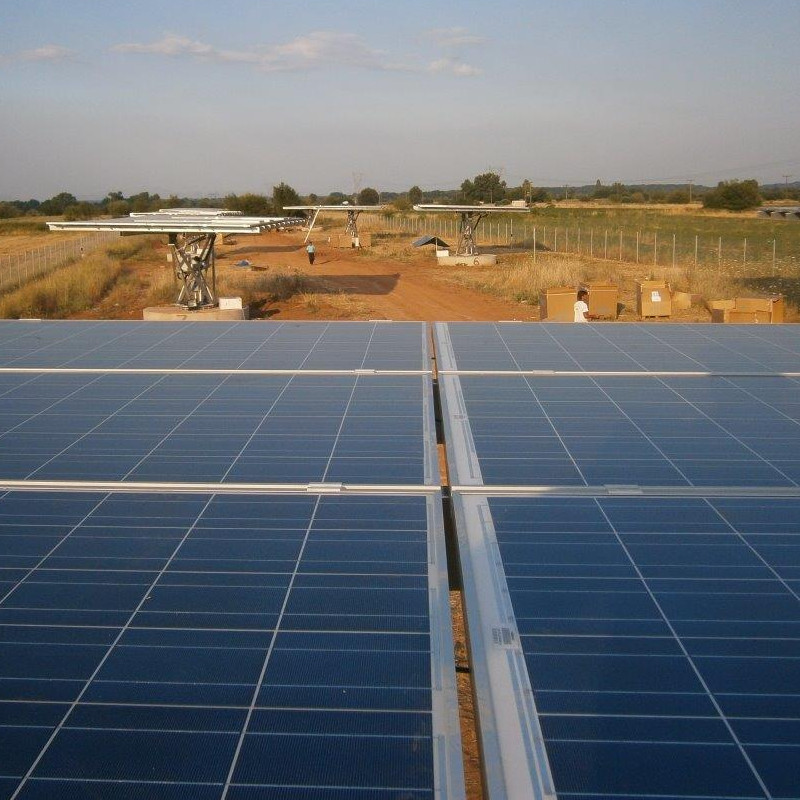Photovoltaic
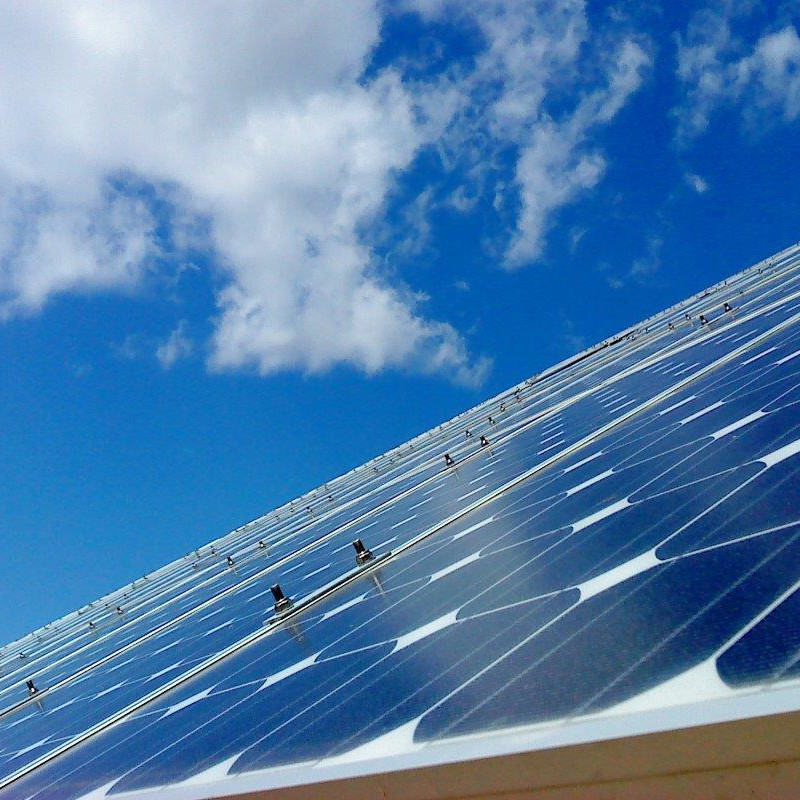
With the general term Photovoltaic called industrial assembly of many photovoltaic cells in a row.
In essence it is artificial semiconductors (usually silicon) who joined in order to create an electric circuit in series. Semiconductors They absorb photons from sunlight and generate an electric voltage. This process is called “photovoltaic effect”. The modules belong in the category of Renewable Energy Sources (RES).
photovoltaic device The P / V frames are the key part the solar module (solar cell) is an appropriately processed semiconductor thin flat surface. The solar irradiation generates voltage and relevant links to a load generated electricity. The P / V are grouped appropriately and set up solar panels or generators (module), standard power from 10W to 300W. The P / V generators are connected electrically to each other and photovoltaic arrays are created (arrays).
Categories Photovoltaic Systems
There are two main types of systems, the interconnected network and standalone. The simplest form of the second of the two simply consists of a photovoltaic generator, which itself feeds a constant current load whenever there is sufficient brightness. This type of system is common in pumping applications. In other cases, the system typically comprises a care for storing energy from the batteries. Often include some form of power adjustment, such as when AC power is required to exit the system. In some cases, the system contains a backup generator.
Connected to the grid systems can be divided into ‘those in which the network simply act as an auxiliary power supply (backup system) and those that may also receive additional power from F.V. generator (mutually effect network). Within F.V. stations across the power output fed into the grid.

